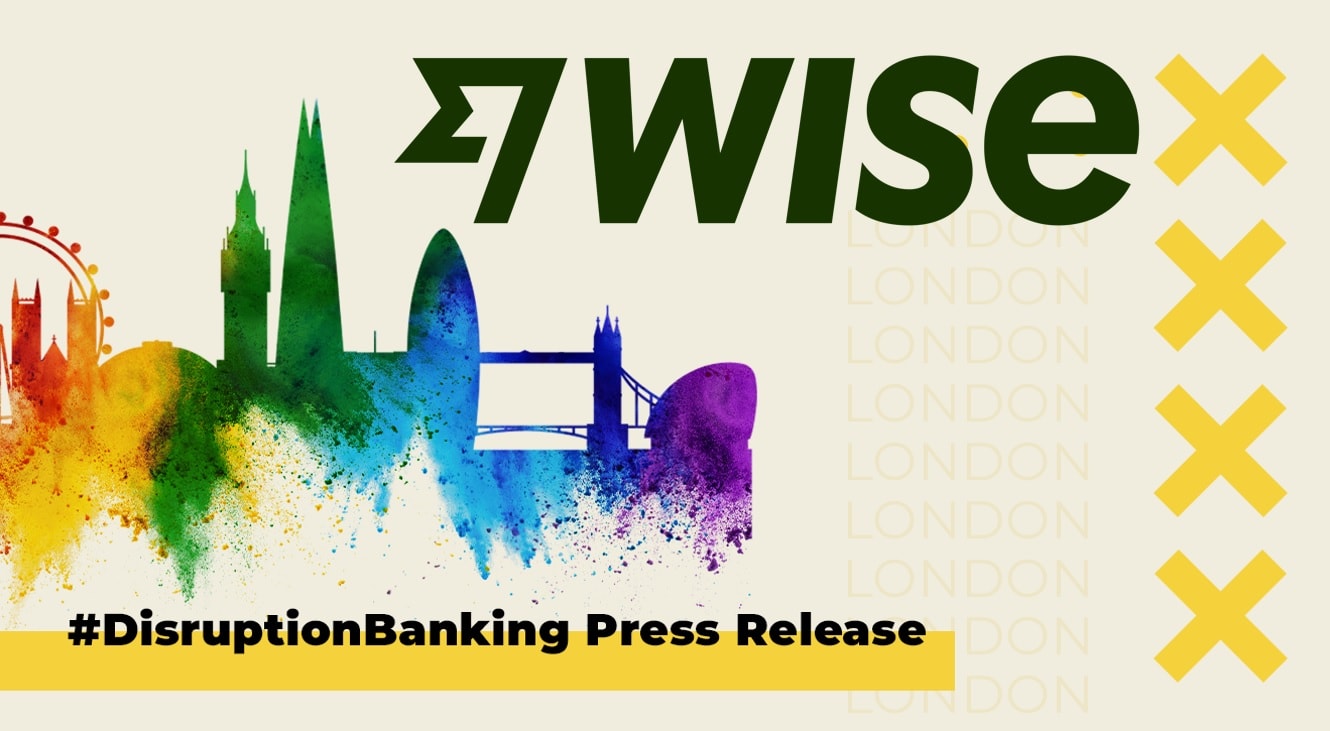Centrifuge and MakerDAO are pushing for liquidity pool expansion and token listing to shift real world assets into DeFi. Assets will be used as collateral on Tinlake, an open DeFi protocol and marketplace for real-world asset pools where investors can earn rewards, paid in Centrifuges’ token CFG.
Centrifuge describes its mission in the following terms: “Unlock economic opportunity for all by connecting people to borrow and lend money transparently and cost effectively; free of intermediaries and the inefficiencies of traditional finance.” In the recent crypto climate, and with the fall of FTX, crypto scepticism is at an all-time high. Will Centrifuge help to build a bridge between traditional finance and DeFi?
"Surprisingly, with the downturn in crypto, I see even more interest from #TradFi institutions to step into #DeFi and try it out"
— Defactor (@defactor_) November 24, 2022
Hear Martin Quensel, Co-Founder of @Centrifuge discuss the origins of #Centrifuge, interest from #TradFi players & more!👏
🔗https://t.co/rPxsUIU9tO pic.twitter.com/hbA97a9ijf
How does it work?
Centrifuge takes real world assets (RWAs) and allows businesses to obtain financing using the Centrifuge parachain, a project-specfic blockchain. RWAs include invoices, inventories, cars, real estate, and more, which can be used as collateral. Centrifuge creates an NFT to represent the RWAs. The NFT is then put into Centrifuge pools, live on Ethereum. By pulling these assets together it enables people and businesses to access financing using DeFi.
Centrifuge’s goal is to be a bridge for real world assets to access liquidity in DeFi, but also a bridge for DeFi total value locked (TVL) to access real world assets. Centrifuge on Tinlake is transparent, allowing anyone to see what assets and different pools are available.
With Centrifuge, Asset Originators (AOs) can access the requisite liquidity by minting NFTs, representing real-world objects as collateral. The borrowers looking for financing for their assets and investors on the other side which can give capital to those assets.
Centrifuge is built on Substrate, powered by Ethereum and bridged with Polkadot. It is hoped that collaboarating with such leading figures in the DeFi world will evoke trust in the platform.
Collaborations
This year Centrifuge won a parachain slot with Polkadot, a blockchain platform and cryptocurrency designed to allow blockchains to exchange messages and perform transactions with each other, without a trusted third-party.
Centrifuge contributor Cassidy Daly spoke at the Polkadot Decoded conference this year. Daly reflected on the crypto turbulence and how, in her opinion “Centrifuge can be key to bringing real world assets into Defi creating sustainable long-term growth”. Centrifuge believes this can be achieved through bringing real world assets into the Polkadot DeFi ecosystem.
Proving integration is a focus, Centrifuge paired up with MakerDAO. This is a decentralised organisation which enables borrowing and lending without the middleman through a smart contract service. Its cryptocurrency is USD-pegged stablecoin DAI.
Head of Real World Assets at Maker, Sébastien Derivaux, believes RWAs will hedge crypto market volatility: “For the Maker protocol, we see RWAs as the way to decrease reliance on highly correlated crypto assets and ultimately make the protocol more resilient.”
Furthermore, through the partnership, one of MakerDAO initiatives enables Centrifuge’s token, DROP, to be used as collateral to earn DAI.
As time of writing, Centrifuge has $82mil TVL on Tinlake and there are currently 14 pools live. Centrifuge wants to encourage more integration across parachains to increase liquidity in DeFi, in the hope of stabilising TVL. Daley highlights the need for “using Centrifuge asset pools as different types of collateral to back Acala stablecoin (aUSD)” stating “integration is essential for growth.”
Centrifuge is bringing real world assets into the DeFi space, essentially bridging the gap between traditional and decentralised finance. However, it is true that stablecoins can be affected by market volatility. Stability is crucial if the protocols are to hold the value of RWAs.
Indeed, there’s a crucial question: if the native stablecoins crash, would the value of the liquidated assets plummet too? The potential fragility of stbalecoins was highlighted earlier this year with the collapse of the Terraluna stablecoin. Forbes estimated this led to $60 billion being wiped out across the digital currency space. However, this was an algorithmic stablecoins (UST), which some argue are more volatile.
My report from Sindorim, Western Seoul. Hyungsuk Kang is a former employee of Terraform Labs who's now leading a crypto vigilante group going after Do Kwon. “Terra was only interested in scamming retail users.”https://t.co/REkOyMN71U
— Harry Clynch (@clynchharry) November 10, 2022
MakerDAO Criticism
There has been a lot of support for Centrifuge and its aim of bridging real world assets with DeFi. A paper by Rockaway predicts the centrifuge token (CFG) can reach a value of $33 by the end of 2026. However, its connection with MakerDAO may incite difficulties. Recent restructuring has made users and fans of MakerDAO uncertain about the direction the company is going.
Founder Rune Christensen plans to restructure the company, but without clear plans, there has been concerns about his vision. This has evoked doubt over its leadership and core values and whether decentralisation is achievable. Which may not be a stable connection for Centrifuge to have.
MakerDAO has divided opinions over its Endgame 😤
— Forever HODL ₿ (@granitacademy) November 2, 2022
Opposing factions are forming within #MakerDAO over founder Rune Christensen’s controversial proposal. pic.twitter.com/jwhZIeJono
Some MakerDAO veterans have said the company can no longer be called a functioning DAO since Christensen’s return to power. MakerDAO’s volatility may have a knock-on effect on Centrifuge, in a similar way to the FTX/Alameda fiasco, potentially risking users’ collateral.
Centrifuge’s mission to bridge real world assets into DeFi is certainly filling a gap in the market. But can it weather the crypto storm and safely allow retail users to access financing through real world assets?
Author: Bronwen Latham
#Centrifuge #MakerDAO #Tinlake #CFG #DeFi #Crypto #NFTs















